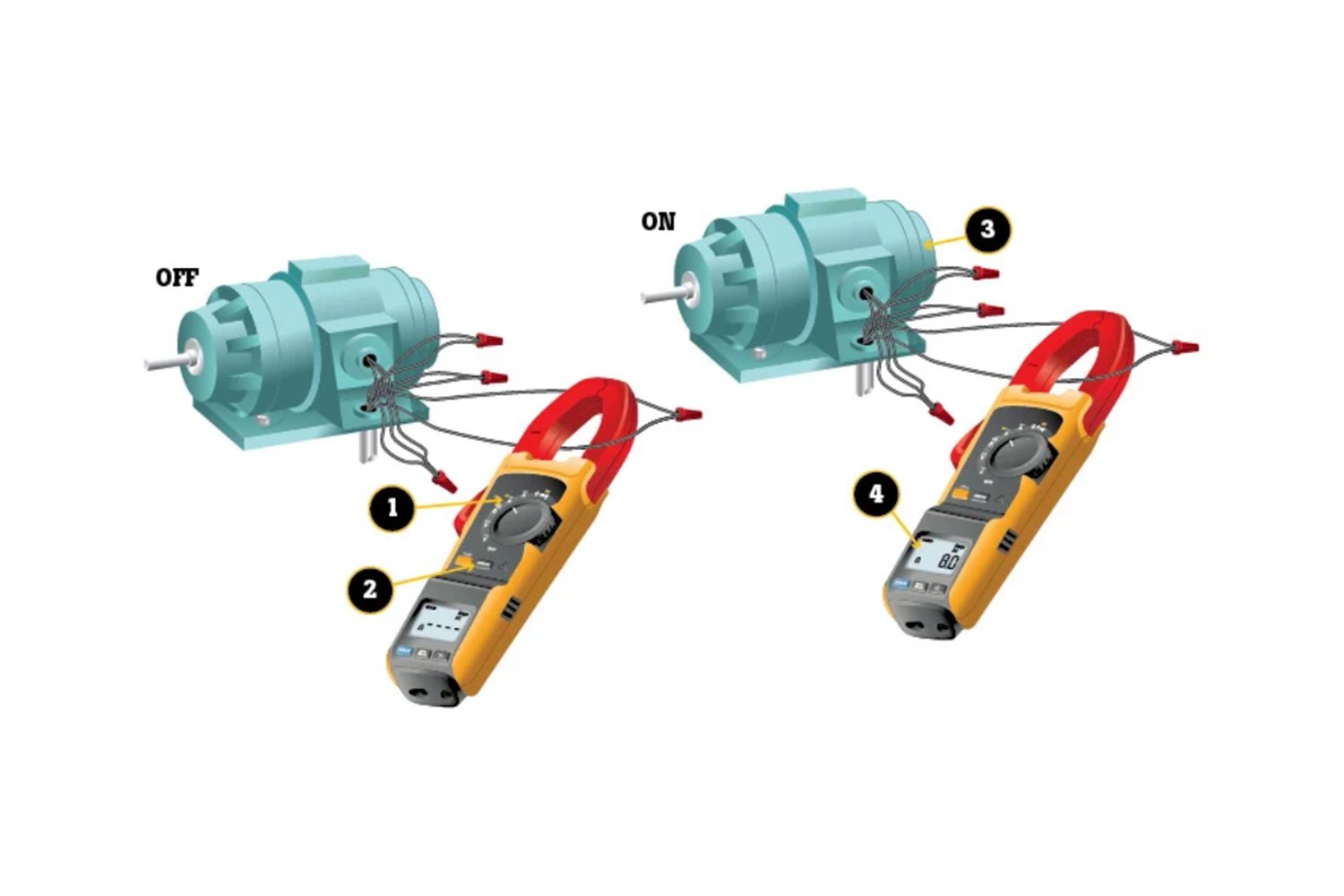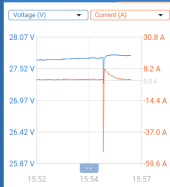Last time I did this, I only had a 100A CT to measure current:
Because I have suitable equipment I'm going to put up measurements I've taken, might help someone with planning a system or general education. Motors draw a startup surge of considerably more amps than they draw while running. With grid power you may see the lights dim briefly, but if you have...

diysolarforum.com
Now that I've got a Harbor Freight clamp meter with Inrush and a Fluke i2000, I tried again.
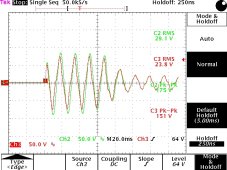
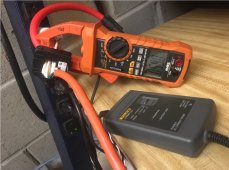
Clamp meter registered 59A.
"RMS" on scope isn't valid because includes times of low or no amplitude.
"Volts" means "Amps", and scaling factor has been applied.
C3 is 10 turns in CT, 151Vpp / 2 / sqrt(2) = 53Arms inrush (if we pretend waveform is a sine wave)
C4 is Fluke i2000 using 200A scale, 175Vpp / 2 / sqrt(2) = 62Arms inrush
I have a 9kVA toroid transformer. It has 240V, 120V, 120V windings (plus a few extra taps.)
I've used one as autotransformer to get 240V from 120V inverter. Another to make 3x current for testing breakers.
With single 120V winding powered through a switch, I turned it on and off several times. Largest inrush I caught was 22A
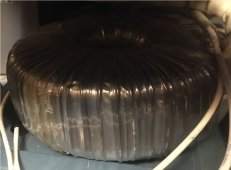

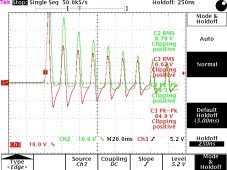
I also tried 240V feeding two 120V winding in series, never saw anything higher.
Since 9kVA at 240V is about 40A, I was expecting inrush in the 400A to possibly 1200A range.
Could be this core is sufficiently large to not get very far into saturation with two, 1/120 second half cycles of same polarity.
Later I'll try Variac, up to 240V into a 120V winding to produce B-H curves, maybe also DC. It was DC that let me capture current surge at saturation for a 120VA transformer.



